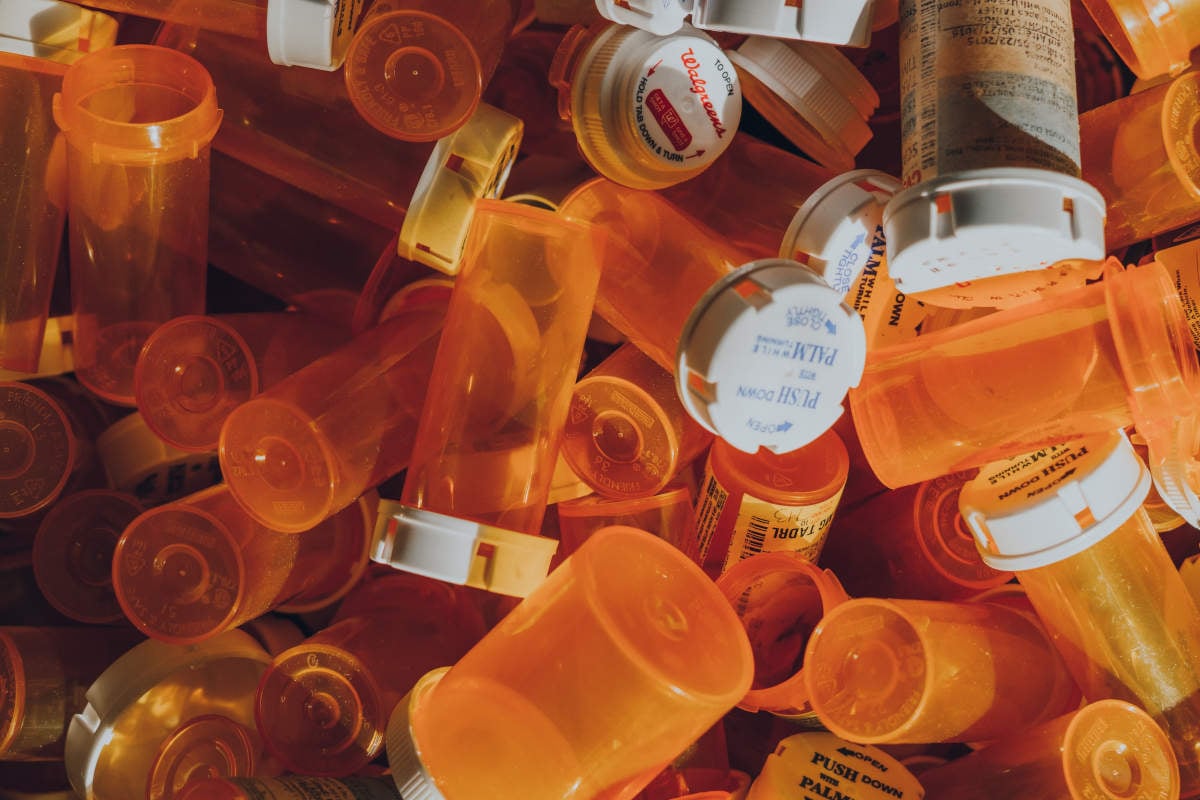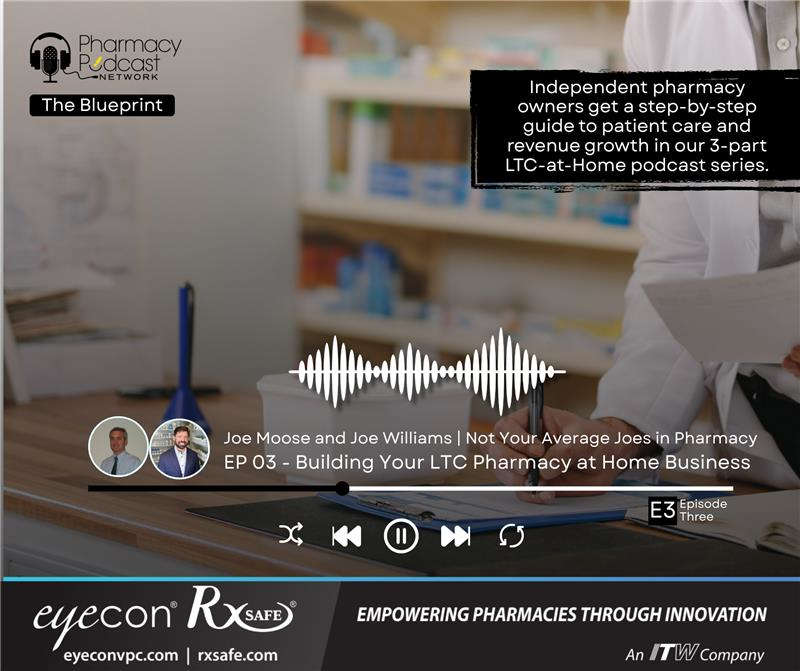The Centers for Disease Control (CDC) states that chronic diseases, defined as conditions that require ongoing medical treatment, such as heart disease, cancer, or diabetes, account for 70% of all deaths and are the leading cause of morbidity and mortality in the United States.
Approximately 45% of patients with chronic conditions do not take their medications as they should and are said to be ‘non-adherent‘, according to the National Institutes of Health.

The Price of Being Non-Adherent
Non-adherence is costly.
In financial terms, it costs the healthcare system around $500 billion in hospitalizations and related expenses. The negative effects on patients range from unnecessary complications to death.
Non-adherent patients with chronic illnesses experience worse clinical outcomes, more preventable hospitalizations, and higher health care costs.
What Causes Non-adherence?
The challenge of taking medications prescribed is compounded by the difficulties experienced by pharmacists and pharmacy technicians in the preparation of prescriptions that affect accurate dispensing. These inaccuracies can take the form of medication errors such as dose miscalculations, pill counting errors, or incorrectly dispensed drugs.
Poor patient communication and inadequate patient education from limited interaction or insufficient medication counseling from pharmacists can also contribute to nonadherence.
“We have to accommodate our patients in the 15-minute increments that we have for them, and it’s not working,” says clinical pharmacist Dr. Ani Rostomyan in explaining the difficulties providers like her experience in advising patients.
Time constraints limit patient–pharmacist interaction. The valuable time pharmacists expend on preparation and distributing medicines is better spent on activities such as medication therapy management (MTM) and patient counseling.
How Can Technology and Pharmacy Services Help with Patient Adherence?
While pharmacists from the past century were solely concerned with compounding and manufacturing of drugs, today’s pharmacists are expected to have a more active role in patient care, rather than just being a person trying to dispense medicine to a patient. The modern pharmacist is seen as a member of a healthcare team, actively involved in the care of patients.
In a study of the impact of pharmacy services on patients with type-2 diabetes at the University of Toledo, patients were split into groups using pill bottles, blister packs, pill bottles + medication therapy management (MTM), and adherence pharmacy (blister packs and MTM).
Those in the group who used blister packs and those in the group who used blister packs + MTM showed significantly better adherence compared to the groups using pill bottles (vials) and pill bottles + MTM, showing that adherence packaging positively affects outcomes.
Patients in the adherence pharmacy model had statistically significant differences and using adherence packaging individually was shown to be effective in improving outcomes. Using adherence packaging in conjunction with MTM services was shown to be even more beneficial for patients.
Both of these pharmacy services were shown to be better at improving outcomes and adherence compared to using pill bottles alone.
Just having an MTM program or a blister packaging service can positively impact patient health especially with patients with multiple chronic conditions, while using pill bottles was shown to have a limited impact on improving outcomes in patients with multiple chronic conditions
Automation in Community Pharmacy
The use of innovative technologies such as pharmacy robots, electronic health information systems, clinical decision support systems, and machine-readable coding, have enabled pharmacists to step out of traditional roles as dispensers and prescribers of medicine to medication therapy management services and direct care providers.
New Jersey pharmacy owner, Ghada Abukuwaik of CureMed stresses the benefits that proper patient communication and pharmacy automation can have on adherence.
“In our monthly call, we check on our patients when we put their medication in the compliance package with the RapidPakRx, making sure that the patient is taking all the meds,” Abukuwaik says. “Synchronization and compliance packaging really improves adherence with our patients,” she concludes.
Busy 2021 Flu-Season Expected
Pharmacists have been kept busy these past months by COVID-related tasks such as testing and vaccination. Now, the start of fall normally makes pharmacies busier, as they offer flu-shots. With the approval of vaccines for younger age groups and the need for COVID booster shots, pharmacists can only be expected to become busier.
With pharmacists always pressed for time and demands only increasing as they take on increased responsibilities, mistakes and dispensing errors may be more likely to occur.
Automation Solutions and Adherence Packaging
One underutilized and overlooked solution to alleviate pharmacy workload is automation and adherence packaging.
Adherence packaging, whether manually filled or automated, can be a lifeline for busy pharmacists, but it is with pharmacy automation that the greatest time savings and accuracy in filling prescriptions can be realized, especially when the complexity of dispensing multiple medications to patients with chronic conditions.
The time savings from going from a manual card-based system to automation became clear to pharmacist Kyle Lomax of Southern Pharmacy in Arkansas. “We knew that if we wanted compliance packaging to be part of our business, we could not continue in that card-based system. The pharmacist time associated with doing a card system versus the visual inspection with the RapidPakRx was really the decision point for us,” Lomax says.
Medicine Shoppe owner Jana Bennett agrees with how having automation saves on manual labor, saying, “You can only do so many when you're doing the manual cards and we had about hit our limit.”
Doing manual adherence packaging proved to be too time-consuming for her staff. “It just took so much brainpower and so much manpower that you almost didn't want to tell anybody that you did it anymore because you didn't want to handle five more patients,” Bennett adds.
Transform Your Practice
RxSafe is committed to helping independent pharmacies innovate by offering transformative solutions that impact three critical areas:
- Patient care – increased adherence means healthier patients
- Pharmacy profession – allows pharmacists to operate at the top of their license
- Pharmacy business – better profits and increased patient growth
At the core of this transformation is healthier patients through better compliance made possible by adherence packaging.
Contact our Business Transformation Department for specific details at 833-791-1772 or visit our solutions pages to learn more about our process and technology.


.png)




